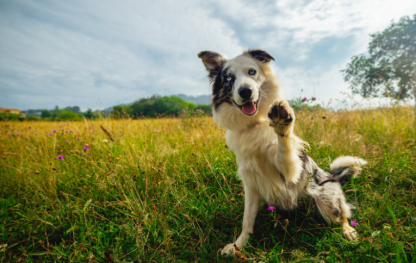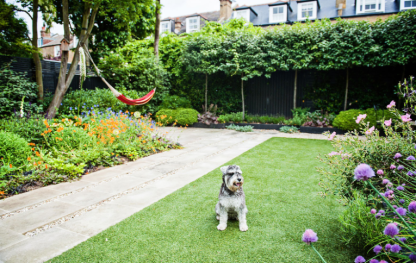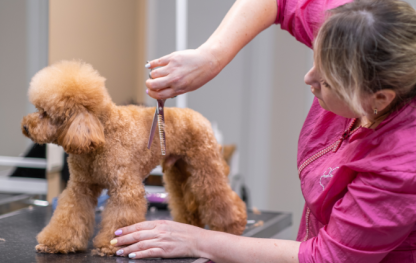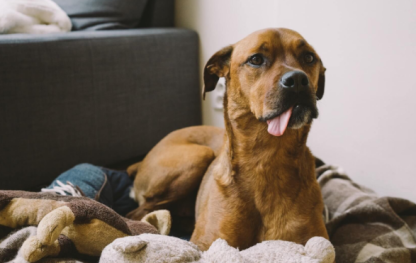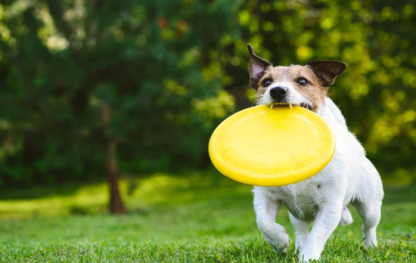Navigating Common Behavioral Issues: Tips for Addressing Anxiety and Aggression
Every dog, no matter their breed or background, can struggle with behavioral challenges from time to time. Two of the most common—and often most misunderstood—are anxiety and aggression. For women who treat their dogs as beloved companions, seeing your pet stressed, fearful, or reactive can be deeply upsetting. But with patience, knowledge, and the right approach, these behaviors can often be managed and improved.
Understanding the root cause of anxiety or aggression is the first step toward helping your dog. These behaviors are often symptoms of underlying stress, fear, confusion, or unmet needs. Rather than labeling your dog as “bad” or “difficult,” it’s important to look at their behavior as a form of communication. Is your dog anxious when left alone? Aggressive around strangers? Do loud noises cause them to shake or hide? Identifying the trigger helps you respond with empathy instead of frustration—and sets the stage for meaningful progress.

1. Recognize the Signs Early
Dogs express anxiety and aggression in many different ways, and early signs are often subtle. For anxiety, watch for excessive panting, pacing, trembling, destructive behavior, or clinginess. Aggression can begin with growling, snarling, or snapping—not just biting. Often, what looks like “bad behavior” is actually your dog trying to signal discomfort before things escalate. By learning to spot these early signs, you can step in sooner and prevent the situation from worsening.
2. Create a Safe and Predictable Environment
Dogs thrive on routine and structure, especially those prone to anxiety. A predictable schedule for meals, walks, and rest helps reduce uncertainty and stress. Create a safe space in your home—a quiet area with a cozy bed, toys, and familiar scents—where your dog can retreat when they need to decompress. For dogs with aggression triggers (such as resource guarding or leash reactivity), managing their environment is key. Avoid high-stress situations while you work on training, and never punish aggressive behavior—it often worsens the issue and erodes trust.
3. Use Positive Reinforcement, Not Punishment
When dealing with anxiety or aggression, it’s essential to reward the behavior you want, not punish the behavior you don’t understand. Positive reinforcement—like treats, praise, or play—builds trust and helps your dog associate new experiences with good outcomes. For example, if your dog reacts fearfully to strangers, reward calm behavior when a stranger is nearby, even if it’s from a distance. Gradually increase exposure as your dog becomes more comfortable. Harsh corrections or yelling can actually intensify anxiety and increase the likelihood of aggressive outbursts.

4. Know When to Seek Professional Help
While many behavioral issues can be improved at home with time and consistency, some situations require guidance from a professional trainer or veterinary behaviorist. This is especially true if aggression has escalated to biting, or if your dog’s anxiety is interfering with daily life. A professional can help create a customized plan, identify triggers you may have missed, and work with you to build a safe, effective path forward. Seeking help isn’t a failure—it’s a powerful act of love and responsibility.ces. Always end on a good note—with a reward, a cuddle, or a fun game—to reinforce the idea that new things can be exciting and safe.

Final Thoughts
Anxiety and aggression can be challenging, but they are also opportunities to better understand your dog and strengthen your bond. With compassion, consistency, and the right strategies, your dog can feel safer, more secure, and better equipped to handle the world around them. Remember—your dog isn’t giving you a hard time; they’re having a hard time. And with your support, they don’t have to face it alone.
